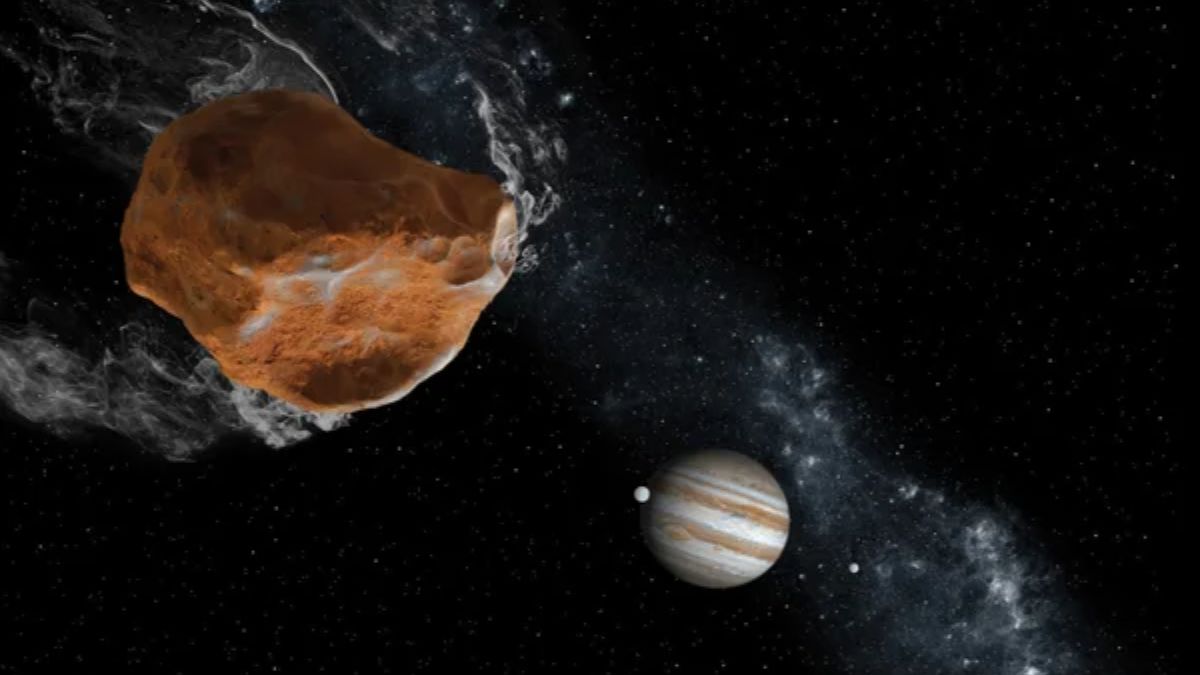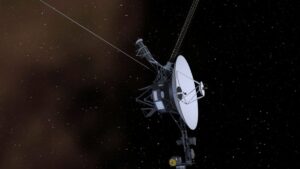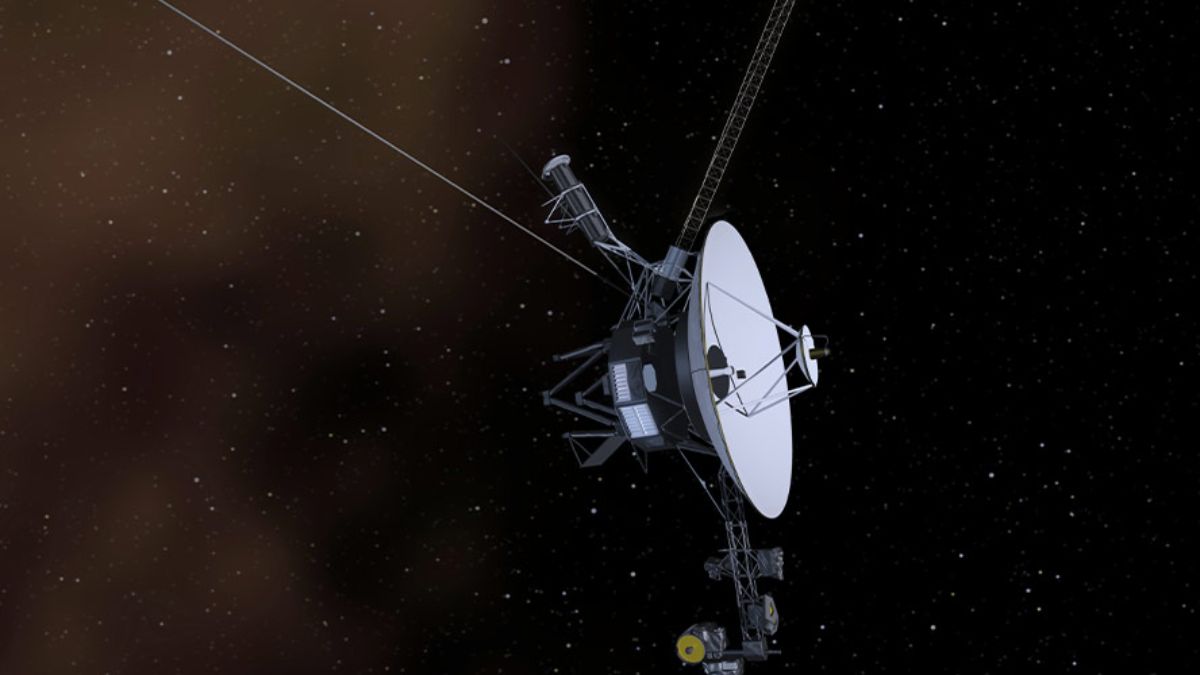When you think of a comet, you probably imagine a frozen ball of ice and rock streaking through space with a blazing tail behind it. That’s mostly true — but what if that same icy traveler was active and glowing far from the Sun, in a region so cold it should be frozen solid? That’s exactly what NASA scientists have just discovered, and it’s turning a lot of space theories on their heads.
Table of Contents
Let’s break it down and explore how this mysterious comet might change everything we thought we knew about the solar system.
Comets
Comets are made up of ice, rock, and dust. They usually hang out in the outer reaches of the solar system, cold and quiet. But when they get closer to the Sun — typically between 3 and 5 astronomical units (AU) — things heat up. The Sun’s warmth causes the ice to turn directly into gas, creating that beautiful glowing tail you’ve probably seen in pictures.
But here’s the twist: NASA has found a comet that’s active far beyond that range. We’re talking more than 14 AU from the Sun — way past Saturn, approaching Uranus — a place where even sunlight barely reaches. This isn’t supposed to happen.
Gröller
The newly found comet goes by the name C/2025 D1 (Gröller), named after astronomer Hannes Gröller. He discovered it using the Catalina Sky Survey telescopes in Arizona. His goal? To scan the sky for unknown objects. And what he found was absolutely mind-blowing.
This comet has never been closer than 1.24 billion miles from the Sun — that’s around 14.1 AU. Normally, at this distance, comets are frozen and inactive. But this one is glowing, giving off gas, and clearly doing something. It’s breaking the rulebook.
Mystery
So what’s causing this remote activity? Scientists believe it might not be water vapor (which needs warmth to become gas), but rather gases like carbon monoxide or carbon dioxide. These gases can vaporize at lower temperatures, making it possible for comets to appear active even in extremely cold regions of space.
Sam Deen, an amateur but respected astronomer, even suggested that this comet might be made differently than the others. It could have formed with a mix of materials that are more responsive to colder temperatures, making it act in strange ways. Either way, scientists agree — this comet doesn’t behave like the ones we’re used to.
Newbies
Is this comet one of a kind? Not exactly.
C/2025 D1 (Gröller) is part of a small but fascinating group of distant active comets — five in total — that have been found at or beyond 20 AU from the Sun. These are often called “dynamically new” comets. That means they’ve never been close to the Sun before. They’ve likely been hanging out untouched in the outer solar system for over 4 billion years — possibly since the formation of the solar system itself.
Here’s a quick look at how rare this is:
| Comet Name | Distance from Sun (AU) | Status |
|---|---|---|
| C/2025 D1 (Gröller) | 14.1 AU | Active |
| C/2017 K2 (PANSTARRS) | ~16 AU | Active |
| C/2006 S3 (LONEOS) | ~21 AU | Active |
| C/2010 U3 (Boattini) | ~25 AU | Active |
| C/2014 UN271 (Bernardinelli-Bernstein) | ~29 AU | Active |
As you can see, it’s a very small club — but an important one.
Origins
So why does this matter?
These distant comets may be made of the original material that formed the solar system over 4 billion years ago. Since they’ve never been heated by the Sun, they haven’t changed much. That means they’re kind of like time capsules — frozen pieces of ancient space history.
Studying them gives scientists a unique opportunity to learn about the early days of the solar system. We might even gain clues about what happened just after the Big Bang. That’s pretty wild, right?
Future
With technology advancing, we’re now able to spot more of these distant objects. Each new discovery helps us build a clearer picture of space, its history, and maybe even our own origins.
And here’s the exciting part — this might just be the beginning. With more powerful telescopes and data-crunching software, NASA and astronomers around the world could uncover even more strange, rule-breaking comets. Who knows what we’ll find next?
The discovery of C/2025 D1 (Gröller) reminds us that the universe is full of surprises. Just when we think we’ve figured things out, space throws us a curveball. That’s what makes science — and space exploration — so fascinating.
FAQs
What is comet C/2025 D1 (Gröller)?
It’s a newly discovered active comet far from the Sun.
Why is this comet special?
Because it’s active at 14 AU, beyond Saturn’s orbit.
What makes the comet active so far away?
Likely carbon gases that vaporize in cold temperatures.
Is this the only comet like this?
No, it’s part of a group of 5 distant active comets.
Why are these comets important?
They may hold clues to the solar system’s origin.

















